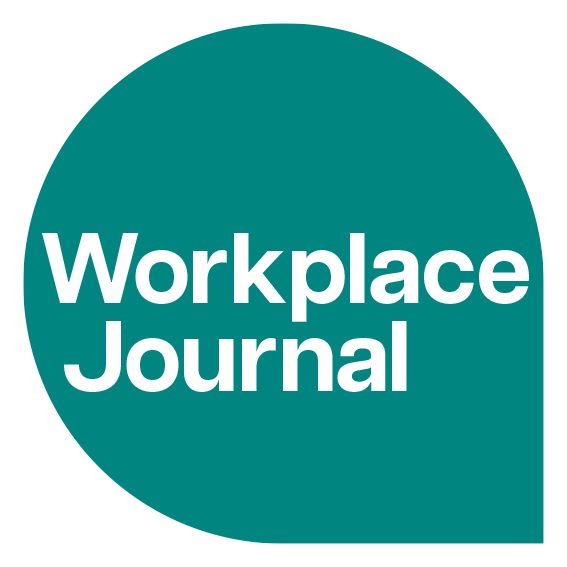Over a million UK workers left their jobs last year because they did not have enough flexibility, according to Chartered Institute of Personnel and Development (CIPD) research.
Just over half of employees (53%) felt pressure to spend more time in the workplace, and younger workers were more likely to move on due to a lack of flexible options.
3% of employees surveyed had quit in the past year, which equates to about 1.1 million workers.
At the same time, 14% of employers said they planned to increase or introduce mandatory days in the office.
Most pressure to return to the workplace came from senior leaders, with 70% of employees saying this was the case.
The research also highlighted the need for more flexible working arrangements such as flexi-time, job sharing, and compressed hours, so workers who cannot work from home can still have flexible options.
In the survey, 91% of organisations offered some form of flexible working.
Just over half (51%) required staff to be on-site a minimum number of days a week, usually three.
Another 14% had a set number of office days per month.
Employers gave reasons including better connections, collaboration, engagement, and support for onboarding.
Four in five workers (80%) said flexible working improved their quality of life, and a third (33%) reported it helped their career prospects.
Hard-to-fill vacancies and skills shortages remained a challenge for many employers.
Claire McCartney, policy and practice manager at the CIPD, said: “There’s a clear mismatch between what some employers are pushing for and what many employees value.
“Hybrid working has benefits for employee satisfaction and attracting and retaining talent, often supporting those with health conditions, disabilities or caring responsibilities to remain and thrive in work.
“However, it can also bring challenges for employers, particularly around organisation culture, connection to organisation purpose and the ability of managers to lead their teams effectively.”
McCartney added: “But it doesn’t have to be an either/or situation. This may mean designating in-office days for team collaboration, while preserving flexibility for focused work at home.
“There’s no one size fits all and for many organisations, it’s about finding the right balance that supports people’s performance and wellbeing, while meeting the needs of the business.”
Many organisations have tried to make office work more attractive by offering incentives like better workspaces, team-building, flexible hours, free food, and commuter benefits.
Over half (53%) of those offering hybrid working have brought in these incentives.
She said: “It’s good to see employers thinking about how they can make their workplace experience more valuable for their people.
“But decisions around hybrid working should be based on evidence — not assumptions or pressure from the top.
“Consulting employees and measuring the impact on performance, satisfaction and retention will lead to more sustainable outcomes for everyone.”

















